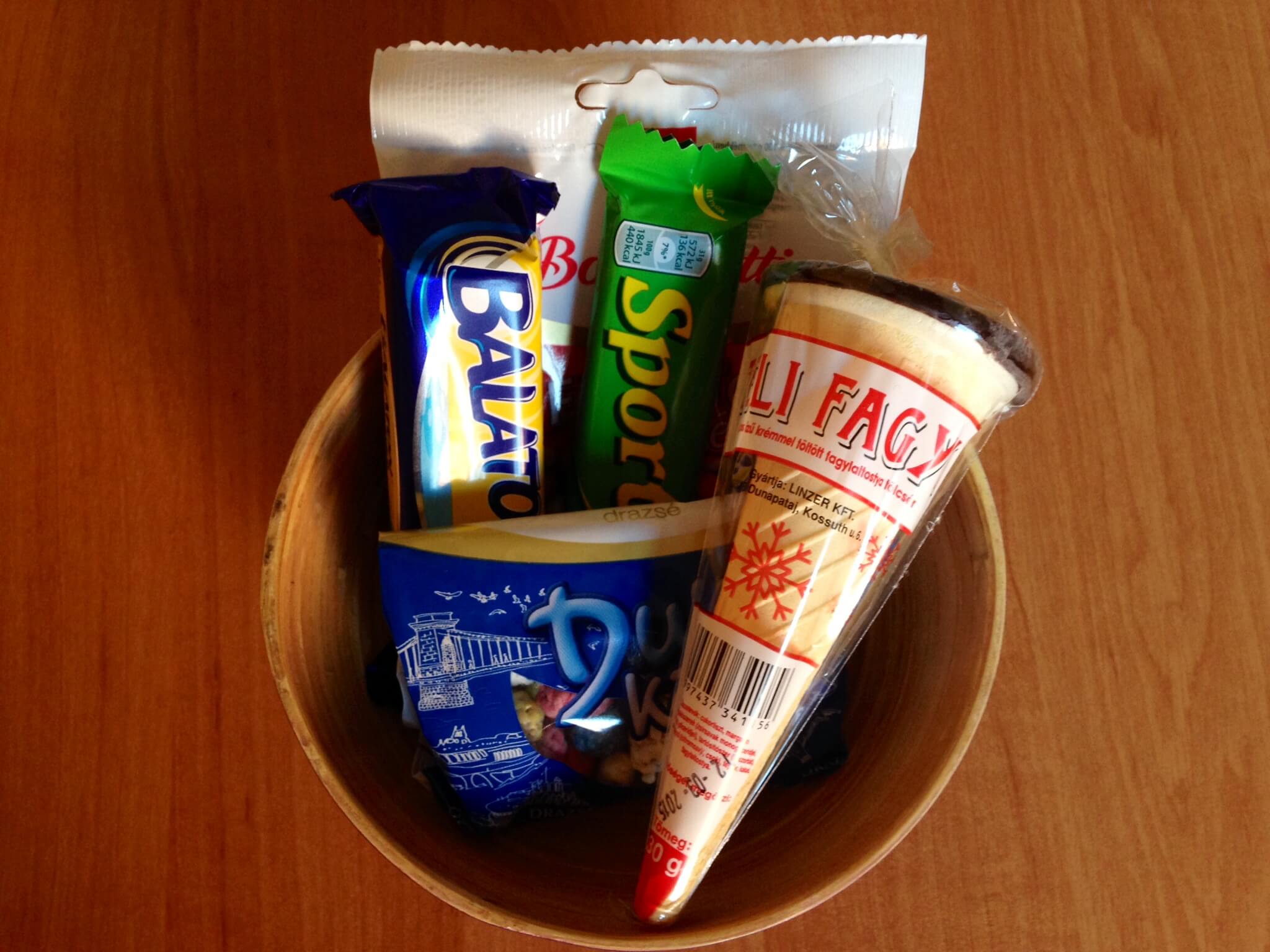
Old-School Hungarian Sweets
5 minutes read
Remember when an after-lunch snack meant having to choose between roasted peanuts covered in colorful lumpy sugar (aka Dunakavics), chocolate-mousse filled ice-cream cones (téli fagyi), or a cocoa-filled wafer bar (Balaton)? If so, there’s a good chance that you are over 40 and lived your youthful years under the Communist regime in Hungary. Good news: in their original or modernized packaging they are all still widely available (although some you may never want to taste them again). From creamy caramel fudge (tejkaramella) to “potato sugar” (krumplicukor), here are some retro candies that are sure to take any Hungarian for a trip down memory lane.
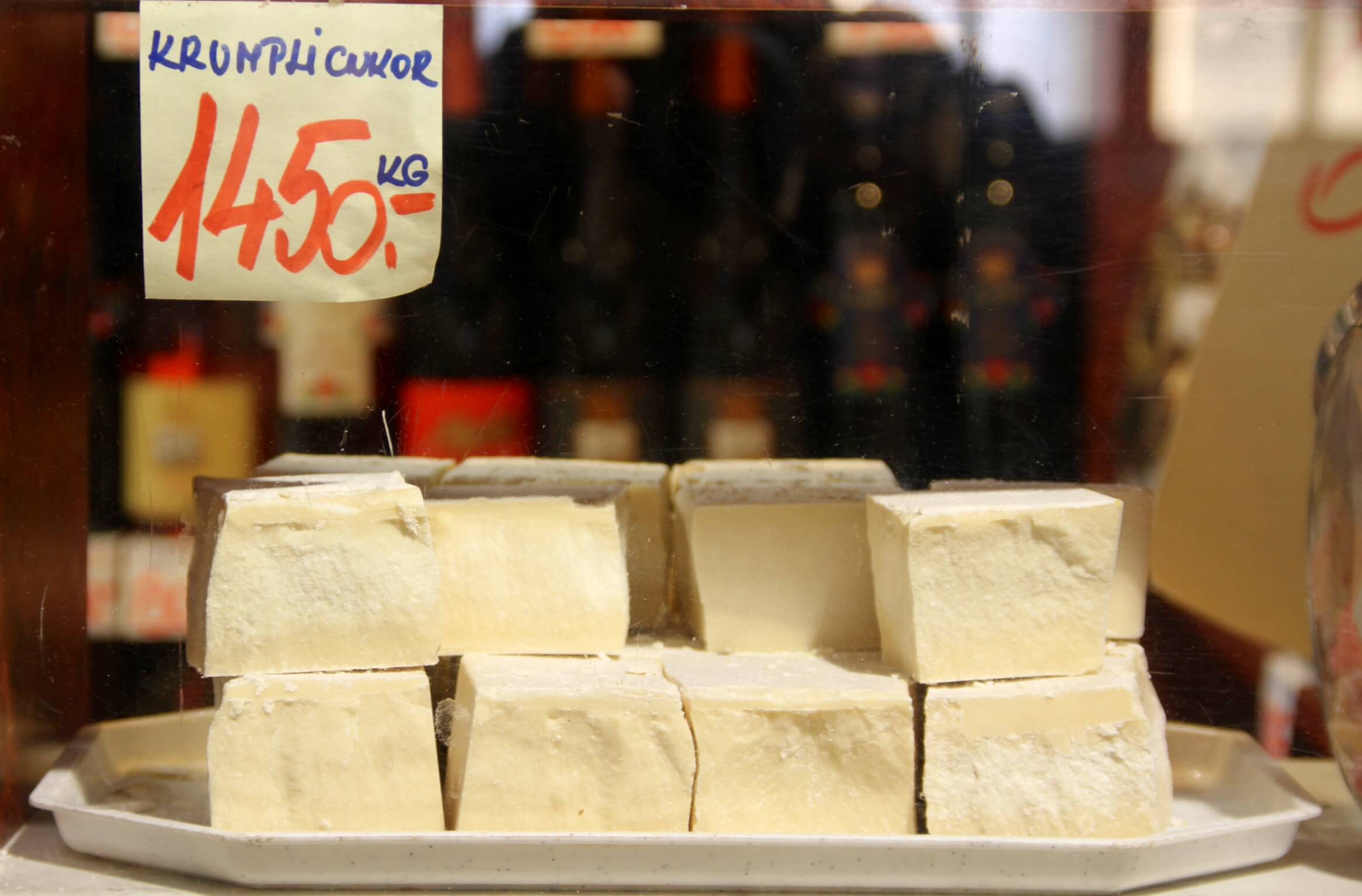
Krumplicukor (Potato Sugar)
Part potato-scented sweet, part jawbreaker, krumplicukor (“potato sugar”) is a small square slab of candy made from potato starch. It is as bizarre and unappealing as it sounds, which is why it has always been a bottom-shelf candy reserved for dire circumstances. Similar to its distant relative, the szőlőcukor (sweeter and softer pastilles made from grape sugar), krumplicukor is meant be a healthy alternative to sugar-heavy candy, given its quick-releasing, natural fructose quality. Stores across Budapest still stock this odd concoction, with some vendors in larger markets offering homemade versions of the stuff.
Tejkaramella
A tender, melt-in-your-mouth distillation of dairy and sugar, tejkaramella (“milk caramel”) is a sweet fudge that also belongs to the niche of the local culinary universe beloved as much for the memories it evokes as for the flavor it offers. Brought to life by the Polish confectioner Feliks Pomorski, these little rectangular rods soon became an international favorite and the Hungarian Szerencsi chocolate manufacturer started mass producing them in the mid-1930s. The crumbly concoction is still readily available on the shelves of your neighborhood store, but the finest versions are made at home from the simple amalgamation of sugar, butter, and milk.
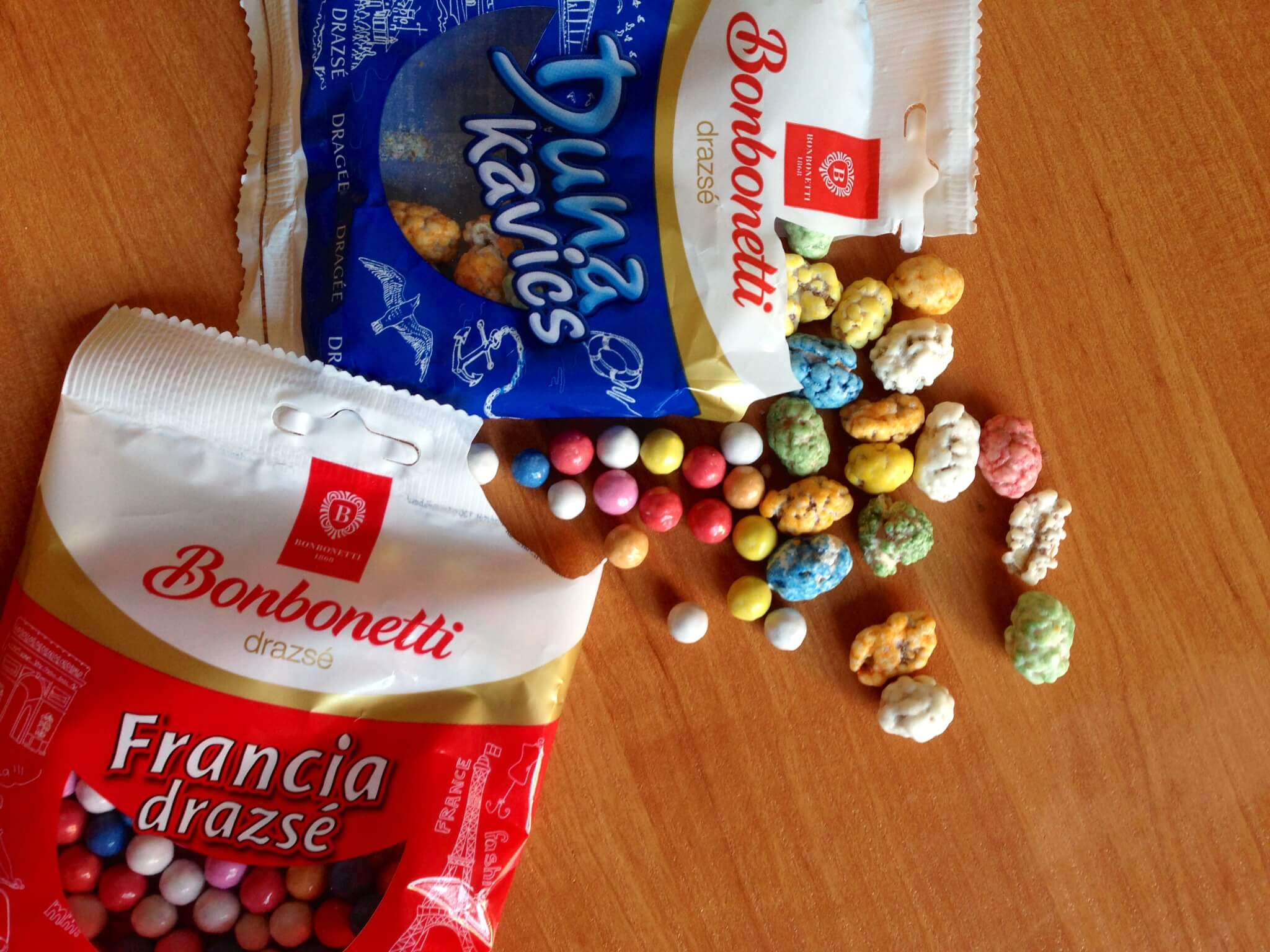
Duna-kavics & Franciadrazsé
The decades-old questions of whether someone is “more Duna-kavics or Franciadrazsé” has been a quick and fun gauge of character for the young and young at heart. Preferring the lumpy sugar covered peanuts (Duna-kavics) meant being more adventurous and creative, while the love of small orbs of sugar-covered chocolates (Franciadrazsé) signified a more order-loving traditionalist. This colourful yet contrasting duo have both been produced by the Bonbonetti group for over half a century and continue to bring smiles to many a face

Balaton
A bite of this cocoa-cream wafer won’t make you want to spend your summer on the shore of Lake Balaton, Hungary’s largest lake that lends its name to this treat, but it will surely take your taste buds back to the years when that was the coolest thing to brag about. Milk- or dark-chocolate covered, the taste of these bite-sized bars has stayed the same since their inception, while the packaging (now in shiny yellow and blue wrapper with the blue resembling waves) has received a facelift due to its new producer, Nestle.
Négercsók
One classic that should have definitely received a name change along with its modern facelift, négercsók (black kiss) is a beloved confection devised in the late 1960s. The original was a muffin-sized dark chocolate shell encasing a fluffy marshmallow-like foam atop a thin biscuit layer. When Abonett took over production they kept the see-through plastic packaging containing six little kisses, but added a range of new flavors (vanilla, raspberry, lemon-cottage cheese, and yogurt-orange), and even creating a “light” version.

Sport Szelet
A classic rum-flavored chocolate bar firmly on the comeback trail, Sport has seen a resurgence of sweet-toothed followers in recent years. Created for the opening of the National Stadium in 1953, this minute bar was originally wrapped in aluminum foil and covered with a green and yellow paper. The new version is slimmer and bigger, but the taste remains the same, begging the questions why any parent would offer their child an alcohol-flavored treat. For the sweltering summer months there’s now also a Sport ice cream bar that satisfies sugar cravings.

Téli Fagyi (Winter Ice Cream)
Designed as a cold-weather alternative to summertime’s icy vice of choice, téli fagyi (winter ice cream) is a stale cone filled with a rich cocoa-flavored mousse that is a poor, laughable substitute for the real deal. Just looking at this cloyingly sweet beast, still stacked in high piles at the checkout counter of many supermarkets, is enough to give you a sugar rush, followed by the inevitable sugar crash and a lasting feeling of nausea. Don’t believe us, just try one.
Macskanyelv
A cheeky little chocolate introduced at the end of the 19th century by the legendary confectioner Emil Gerbeaud, of Gerbeaud Cafe fame, macskanyelv (cat’s tongue) is a sliver of a chocolate resembling the delicate feline tongue. By the mid-1930s Hungary’s leading chocolate manufacturer, Szerencsi, started selling the chocolates in long, narrow boxes and a childhood favourite was born. While the brand fell out of favor as the new open-market brought in a horde of international treats, no one really outgrew the love of macskanyelv, which is why the revamped product was such a success in the early 2010s. The streamlined white box boasting the faces of regular Hungarians, with the chocolates looking like their protruding tongues sparked new interest in the age-old delicacy.

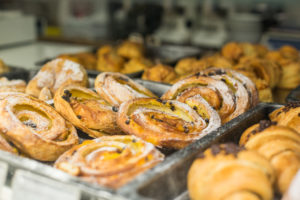

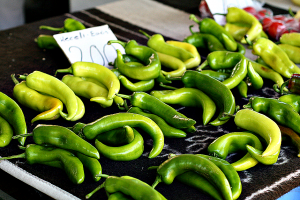



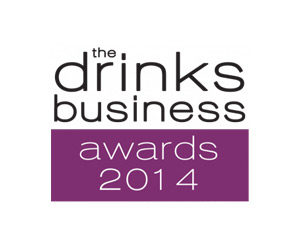

Comments(0)
Leave a comment!